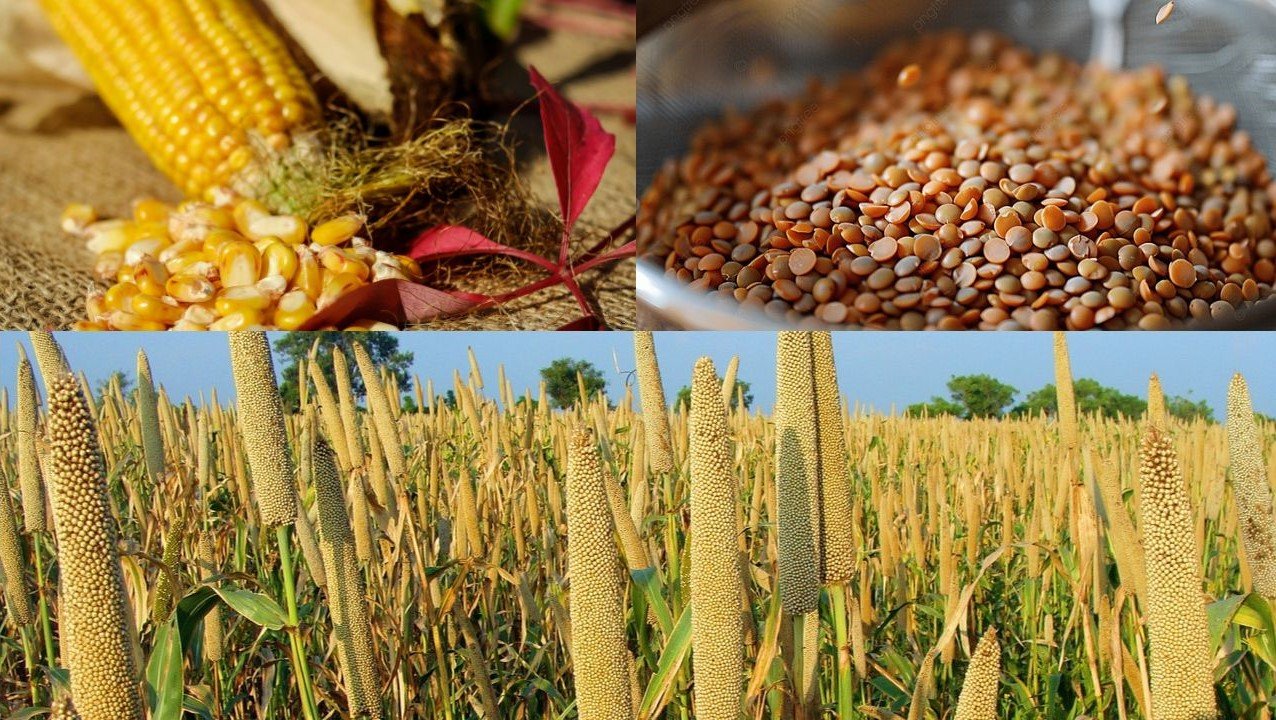
A recent paper by economists from the Indian Council for Research on International Economic Relations (ICRIER), led by Ashok Gulati, has proposed a direct transfer of Rs 35,000 per hectare to farmers who switch from paddy to pulses, oilseeds, millets, and maize during the kharif season. The paper, titled 'Saving Punjab and Haryana from Ecological Disaster: Re-aligning Agri-Food Policies', outlines a series of recommendations aimed at mitigating the environmental impact of current agricultural practices in these states.
Current Subsidies and Proposed Incentives
Presently, agricultural subsidies are heavily skewed towards paddy cultivation. The Haryana government has introduced an incentive of Rs 7,000 per acre (Rs 17,500 per hectare) to encourage farmers in water-scarce regions to transition from paddy to other crops. However, this amount falls short of covering the financial gap faced by farmers switching to crops like maize, oilseeds, and millets.
The ICRIER economists propose a more robust incentive of Rs 30,000 to Rs 40,000 per hectare, funded equally by the central and state governments. In Haryana, this would mean doubling the current state subsidy with an equal contribution from the Centre, providing farmers with Rs 35,000 per hectare for moving away from paddy.
Economic & Environmental Benefits
The proposed shift would not strain government budgets, as it would ultimately reduce subsidies for electricity, water, and fertilizers. Savings on power, irrigation, and paddy residue management from state budgets, as well as fertilizer subsidies from the central budget, could be redirected to support non-paddy farmers. The paper estimates that repurposing Rs 4,000 to Rs 6,000 crore (Rs 2,000 to Rs 3,000 crore each from the central and state governments) is feasible with political will.
Ensuring Market Security
To secure a stable market for farmers diversifying their crops, the government must guarantee the purchase of alternative crops at the Minimum Support Price (MSP). In the Kharif Marketing Season (KMS) 2023-24, the Food Corporation of India (FCI) procured 87 percent of the rice produced by Punjab and Haryana at MSP.
Redirecting this support to other crops could free up approximately Rs 13,666 crore for a revolving MSP pool. This fund could be used as a Stabilisation Fund to ensure pulses, oilseeds, cotton, millets, and kharif maize are bought at MSPs by agencies like NAFED, CCI, or FCI, mitigating market risks for non-paddy crops.
Carbon Credits and Water Savings
The paper also highlights the potential for farmers to earn income through carbon credits. By reducing greenhouse gas (GHG) emissions through crop diversification, farmers can sell carbon credits to companies with high carbon footprints. Paddy cultivation in Punjab and Haryana emits 5 tonnes of CO2 equivalent per hectare. Switching to alternative crops can earn farmers up to 4 carbon credits, worth between Rs 6,288 and Rs 12,576 per hectare. Additionally, transitioning 12 lakh hectares from paddy could save 14.2 billion cubic meters of water, which could be monetized as green credits for farmers.
Cluster-Based Approach and Public-Private Partnerships
The paper recommends identifying ecologically vulnerable pockets in Punjab and Haryana and adopting a cluster-based approach for high-value horticulture crops. Successful case studies from field visits include guava, dragon fruit, strawberry, seedless cucumbers, bell peppers, and bitter gourd. These crops offer higher profits than paddy but face high market risks.
The ICRIER economists advocate for a value chain approach, involving Farmer Producer Organizations (FPOs), cooperatives, and public sector entities to aggregate small and marginal farmers. Public-private partnerships can facilitate scaling up production, post-harvest management, marketing, and branding of these crops to meet export demand. Performance Linked Incentives (PLI) can be provided to private players to encourage investment in these states.
The paper underscores the need for modern storage, primary processing, and logistics facilities to support the market for alternative crops and ensure their export to other states and internationally. With these measures, Punjab and Haryana can transition towards more sustainable and profitable agricultural practices, averting an ecological disaster.
















